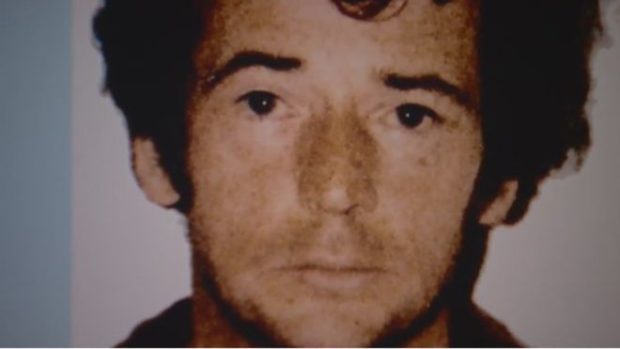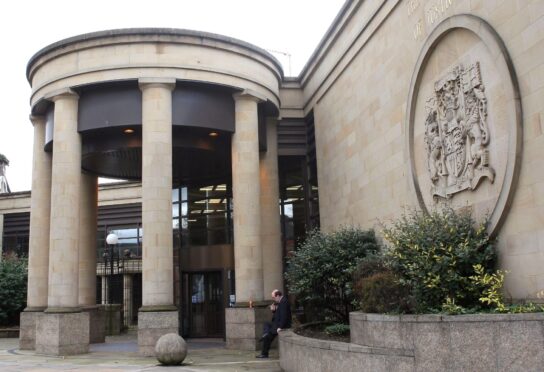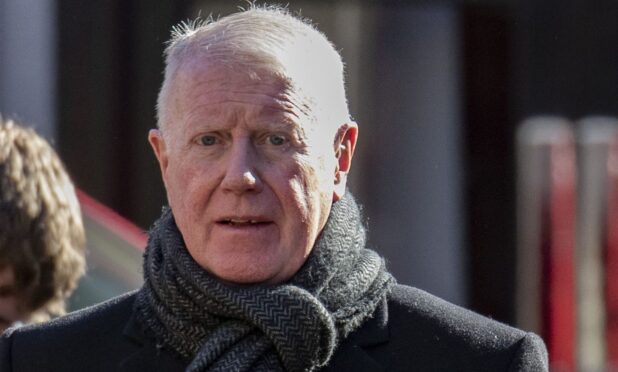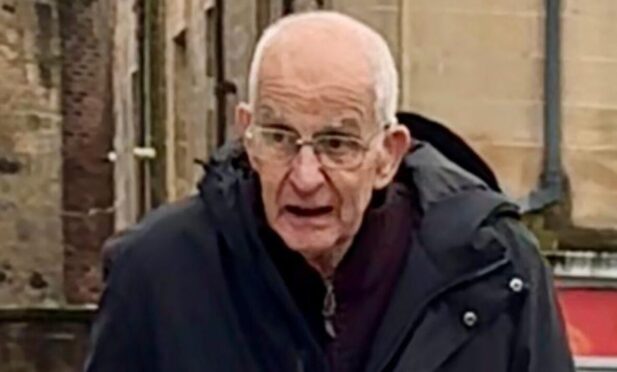Serial killer and rapist Angus Sinclair, who was convicted of the notorious World’s End murders in Scotland, has died in prison aged 73.
The Scottish Prison Service confirmed he died overnight at HMP Glenochil in Alloa, Clackmannanshire.
Sinclair spent more than half his life behind bars for killing four girls as well as for a string of sex attacks on young children.
But detectives suspect he could have been behind several unsolved murders from the 1970s.
A statement from the prison service said: “Angus Robertson Sinclair, 73, a prisoner at HMP Glenochil has died.
“He was convicted at Edinburgh High Court on 31 August 1982. Police Scotland have been advised and the matter reported to the Procurator Fiscal.
“A Fatal Accident Inquiry will be held in due course.”
His conviction in 2014 for raping and murdering two teenage girls in Edinburgh in 1977 resulted in him receiving the longest minimum sentence ever imposed by a Scottish court.
Sinclair was ordered to spend a minimum of 37 years in jail for the crimes – the same number of years the families of victims Christine Eadie and Helen Scott waited for justice.
But he was already in jail – having been locked up since 1982 for sexually assaulting girls between the ages of six and 14.
While still in prison for the sex attacks, Sinclair was given a life sentence in 2001 for the murder of Glasgow teenager Mary Gallacher in 1978.
However, he had earlier served six years behind bars for killing a seven-year-old girl in 1961.
Aged 16, he pleaded guilty to culpable homicide – admitting strangling Catherine Reehill in Glasgow and dumping her body on a tenement stairway.
It meant he spent around 40 years of his life locked up.
It was following the Mary Gallacher case that police began to examine the link between Sinclair and several other unsolved murders.
The 17-year-old was raped and stabbed near a railway line as she went to meet a friend. Sinclair was linked to the crime years later following a DNA breakthrough.
Scientific advances later led detectives to Sinclair for the unsolved World’s End murders of 1977.
Christine Eadie and Helen Scott, both 17, were brutally killed after a night out at Edinburgh’s World’s End pub on October 15 1977, with their bodies discovered the following day in East Lothian.
They had been bound and strangled with their own underwear.
Sinclair was convicted of raping and murdering both girls with his brother-in-law Gordon Hamilton, who died in 1996, after a five week-trial in November 2014.
The prosecution was the first under changes to Scotland’s double jeopardy law which meant he could be retried for their murders after a court case against him collapsed seven years earlier.
The sentencing judge described Sinclair as a dangerous predator capable of sinking to the depths of depravity and said the words “evil” and “monster” were inadequate for him.
The case, which became known as the World’s End murders, was for decades one of Scotland’s highest-profile unsolved crimes.
The then Lord Advocate Frank Mulholland, prosecutor in the trial, said the thousands of police officers who worked on the case through the years “never ceased in their endeavours to bring the girls’ murderers to justice”.
Sinclair had launched a bid to have the term for the World’s End crimes reduced but that was rejected by appeal court judges.
In a written judgment delivered in March 2016, they said of the 1977 murders: “Those appalling crimes demonstrated an immeasurable capacity for evil, depravity, and sadism.
“The suffering of the victims and their bereaved families is, in our view, incalculable.”










